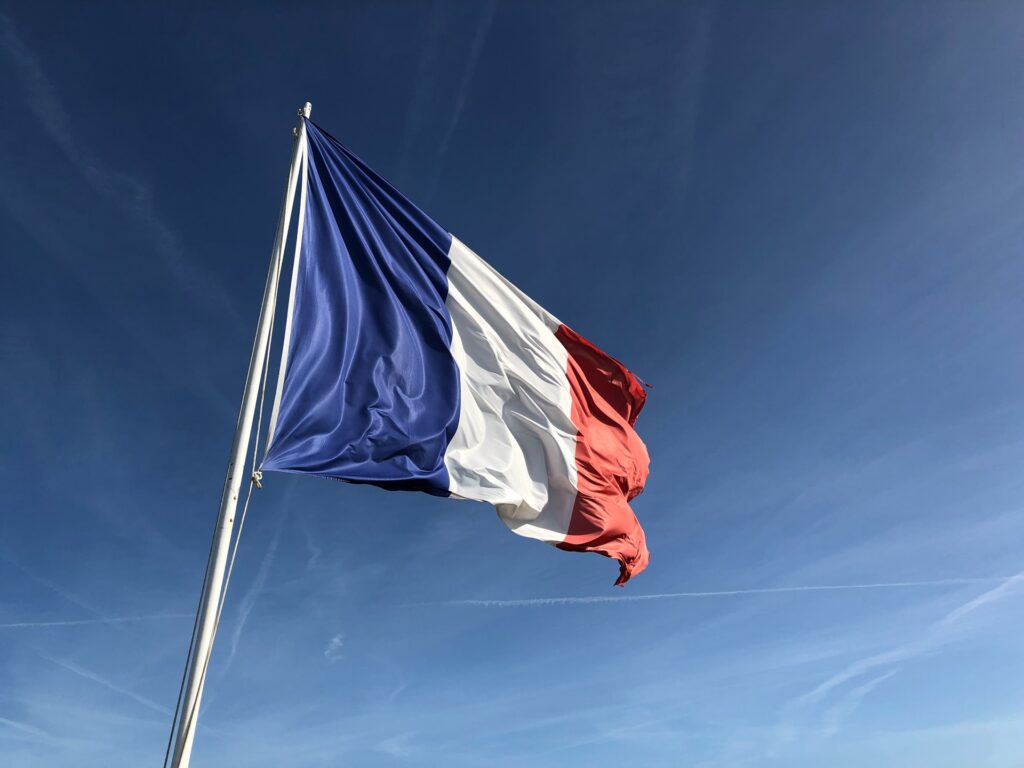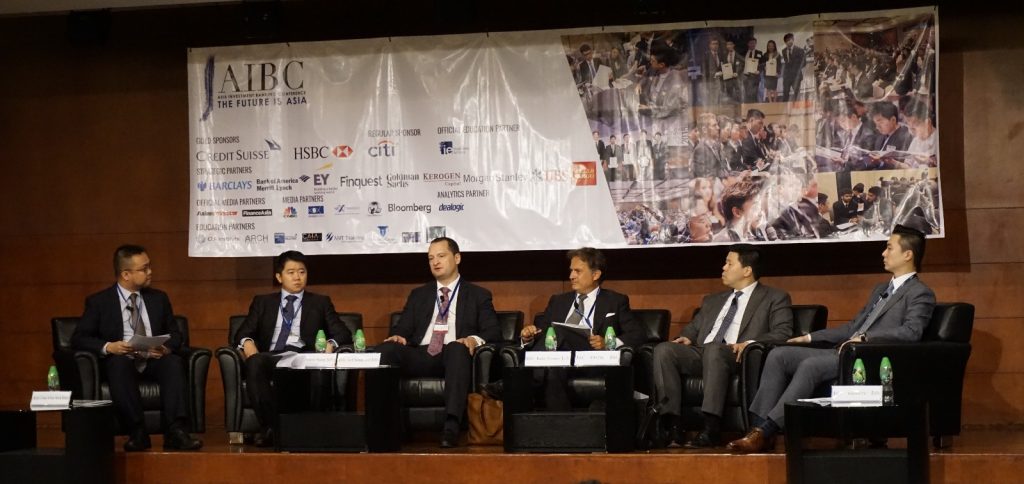Self Help Groups

The IMF has predicted that India’s GDP will contract by 4.5% in the financial year 2020-21. This is the first time India will be experiencing a contraction in the last 40 years. The government of India has lifted the lockdown after nearly two and a half months as further damage to the Indian economy would have been abysmal. While most of the cases are concentrated in urban areas, the rural community of India has also faced a severe impact of the pandemic. India has the largest number of Self-Help Groups (SHGs) in the world. The members of the SHG’s enjoy better access to cheaper loans and exposure to entrepreneurial skills. The welfare and development of these SHGs have been at the forefront of many government policies as these provide encouraging developments in poverty alleviation, women empowerment, social upliftment, financial inclusion, and entrepreneurial development.
The spread of coronavirus has thrown in many challenges for this community. The SHGs producing nonessentialitems such as ikats in Orissa, pickles in Andhra Pradesh, Madhubani paintings in Bihar have seen their markets collapse. These groups are facing challenges in conducting physical meetings, mobilizing savings (physical currency notes) of the group, rotating the money for internal lending among the
members, depositing the physical cash towards repayment of loans, and maintaining a hard copy of records. However, this has opened gates for the adoption of digital technology and the use of the internet for running their organization. However, the existing digital infrastructure in our country allows only a limited amount of people to avail of the benefits of it.These groups had been facing a different set of
challenges, which seems to be amplified by the present crisis. Many SHGs were struggling to strive even before the crisis due to concentration of power within the group leading to corruption and inadequate support from the Self-Help promoting institutions.

However, these were not the major source of concern the absolute NPA amount of the SHGs witnessed a rise of 994% from Rs. 423 crore in 2008, to Rs. 4628
crore as in 2018 even though the loan outstanding has only shown a growth of 239% over.the same period. It is also found that 52% of the members failed to pay bank loans, whereas this is just 22% in the case of internal loans (internal lending between the members of the SHGs). The central government announced that it would be doubling the collateral-free loans for women SHGs from Rs. 10 lakh to 20 lakh.
Although this comes as a welcome move to boost rural demand and consumption, one has to be cautious that these do not turn into NPAs and build further pressure on the already distressed banking sector. Also, a majority of the loans availed by these groups come under the co-operative banks, which have been experiencing discrepancies in proper functioning primarily due to improper regulation.
A Case of Andhra Pradesh
The SHGs have the deepest penetration in the state of Andhra Pradesh. The Andhra Pradesh Government has decided to spend Rs 1400 crore on the SHG zero-interest loan scheme to help the SHGs battle the COVID crisis. The members of the SHGs are heavily reliant on the loans provided by these banks. Their day to day functioning takes a severe hit if the banking and the non – banking financial institutions start failing. India’s banking sector was in tatters even before the start of the COVID crisis. The present COVID crisis has built up pressure on the already weakening banking sector for economic recovery. A cautious approach has to be adopted so that the given welfare policies do not have unintended negative consequences.One common characteristic observed in any financial crisis is the failing of the banking system.
One common characteristic observed in any financial crisis is the failing of the banking system. An analysis of the 2008 financial crisis will provide valuable insight into this matter. The loans issued by Andhra Pradesh Grammena Vikas bank contracted by 15.40% in the year 2008-09 as an implication of the 2008 financial crisis.

This is an indication of decreased economic activity in the rural areas of the state due to the 2008 financial crisis. The government came out with a series of schemes for the SHGs to revive the economic activity of these groups. Banks increased their loans from Rs 1 lakh to Rs 5 lakhs and also increased the tenure of repayment from 1 year to 5 years. Also, any amount of interest paid by SHGs above 3% was reimbursed to the SHG by the Andhra Pradesh government, provided the group did not default on its bank loan. The result of the above policies, combined with the rapid growth of microfinance institutions in the state, was a rapid increase in the credit across the state. The average household debt in the state was four times the national average. This resulted in households having too many loans and too much debt, which could not be repaid by these people with their current income levels.
SHGs have proved to be a vital part of India’s economic and social sphere. These groups can play a significant role in improving the conditions of the underprivileged community of the country. The COVID –19 crisis has thrown a variety of challenges for these groups. The contribution of these groups to fight the present situation has been immense Hence, it is necessary for the policy makers to come up with well laid outpolicies for the recovery and growth of these groups.
— Srijan (Co-Founder Editor)



